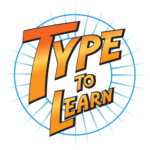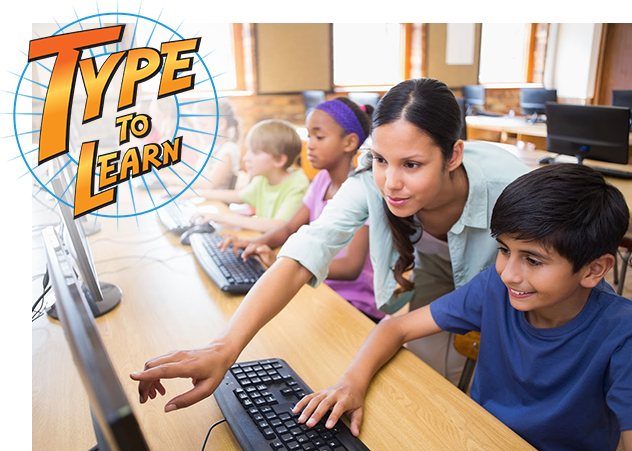In today’s digital world, typing has become an essential skill in almost every aspect of life. Whether it’s for school assignments, work-related tasks, or personal communication, being able to type quickly and accurately is a necessity. One way to improve your typing skills is to learn how to touch type. Touch typing is a common method of typing where you use all ten of your fingers to type without looking at the keyboard; in contrast to the less advanced hunt-and-peck method of finding and tapping each key with your index fingers. Below are six benefits you may experience by upgrading your typing skills from hunt-and-peck to fluid touch typing.
Increase in Typing Speed
The most obvious benefit of learning how to touch type is that it can significantly increase your typing speed. Studies have shown that individuals who type using the hunt-and-peck method can only type at an average speed of up to 37 words per minute (WPM). In contrast, touch typists can type at an average speed of 50 to 70 WPM, with some people typing as fast as 120 WPM. With practice, learning to touch type will improve your typing speed, allowing you to complete your typing tasks faster than before.
Reduction in Typing Errors
Typing errors can be frustrating and time-consuming to correct. Learning proper typing can significantly reduce the number of errors you make, allowing you to focus on the content you are typing rather than the keyboard or correcting mistakes. Touch typing relies on muscle memory, and after enough practice, your fingers will eventually know what keys to press without you having to consciously think about it.
Improved Keyboarding Posture
Typing for extended periods of time, such as during work hours, can cause strain and fatigue in your hands, wrists, and arms. Proper keyboarding ergonomics reduce strain on your wrists and hands, but more importantly, because you are looking at the screen rather than the keyboard, you also greatly reduce strain on your neck.
Increased Productivity
Touch typing can help you become more productive at work or in your studies. By typing faster and with fewer errors, you can typically complete tasks more quickly and accurately. This increased efficiency can help you meet deadlines, complete homework faster, and ultimately achieve more in less time.
Improved Accessibility
For individuals with disabilities, touch typing can be an invaluable skill to learn. Those with vision impairments, for example, may find it difficult to constantly look between the keyboard and screen while typing. Students with dysgraphia or dyslexia can benefit from learning to type early on because it allows them to express their thoughts without the struggles of physical handwriting.
Greater Career Opportunities
In today’s digital world, typing is an essential skill that many employers require from potential candidates. Whether you’re working as a receptionist or a programmer, knowing how to touch type can make you a more competitive job applicant and increase your chances of getting hired over someone with poor or slow typing skills.
As you can see, learning to touch type can provide numerous benefits over the course of your education and career. If you spend a lot of time typing, whether for school, work or just personally, investing the time it takes to learn touch typing will return great dividends in the long run. With consistent practice and patience, you can develop your keyboarding skills within two to three months and be well on your way to becoming an expert typist.


